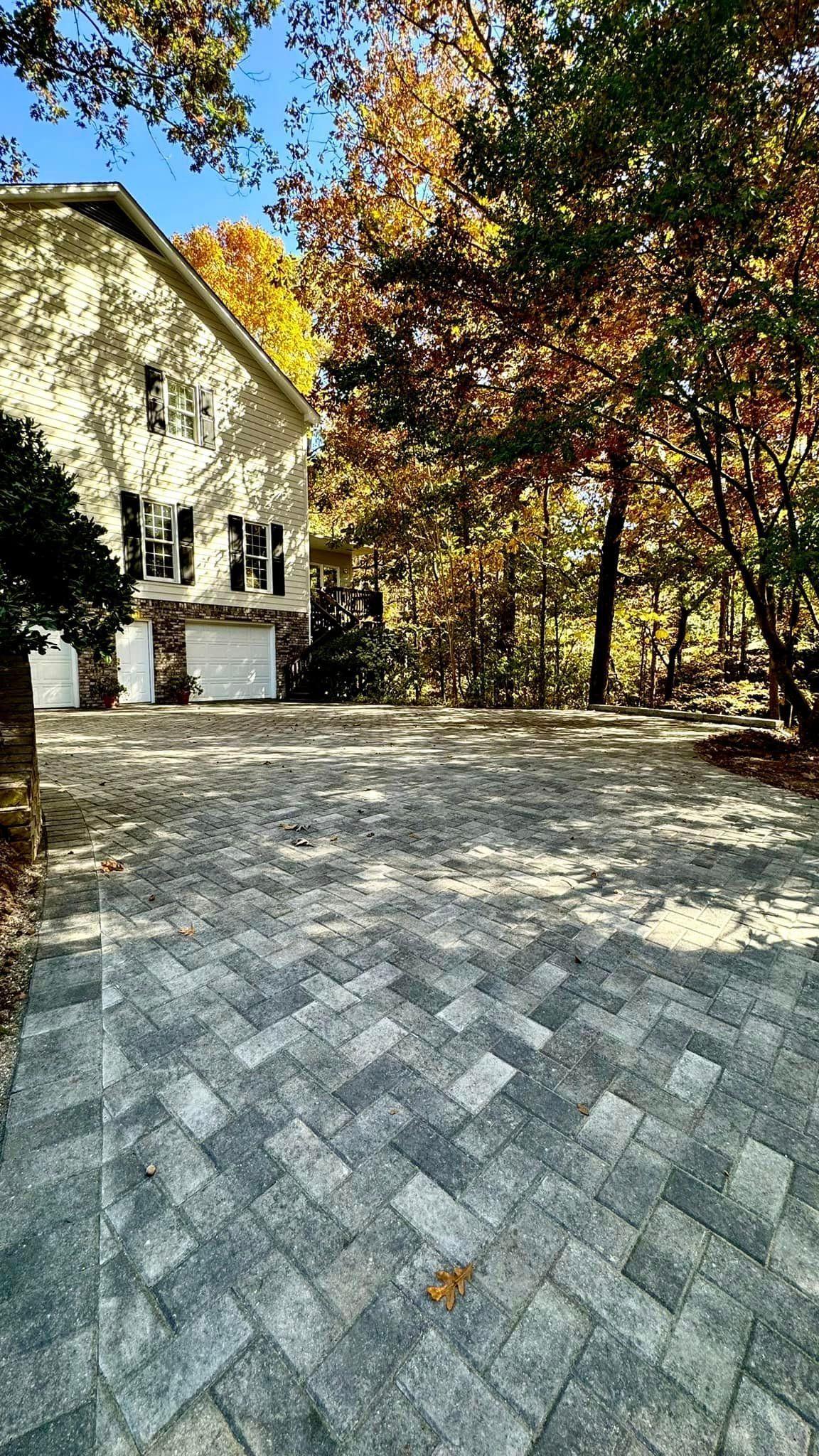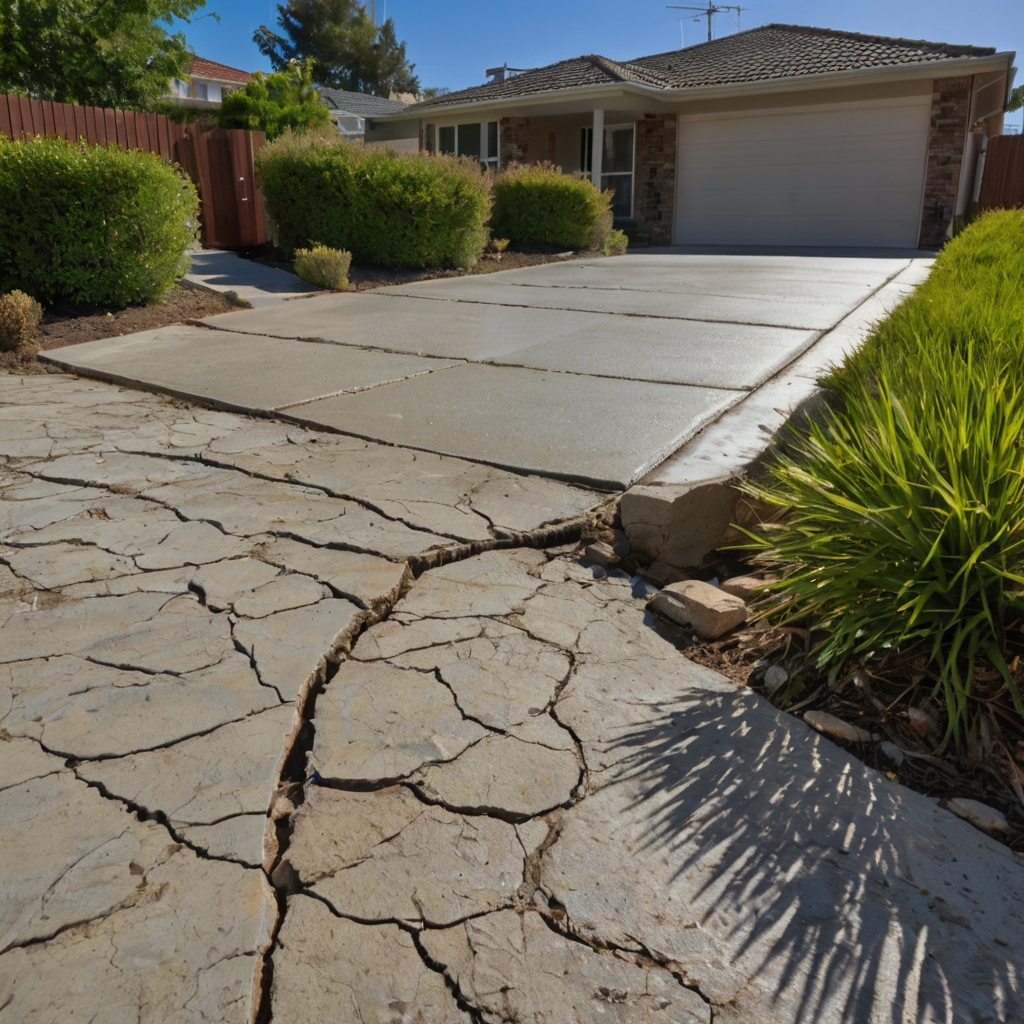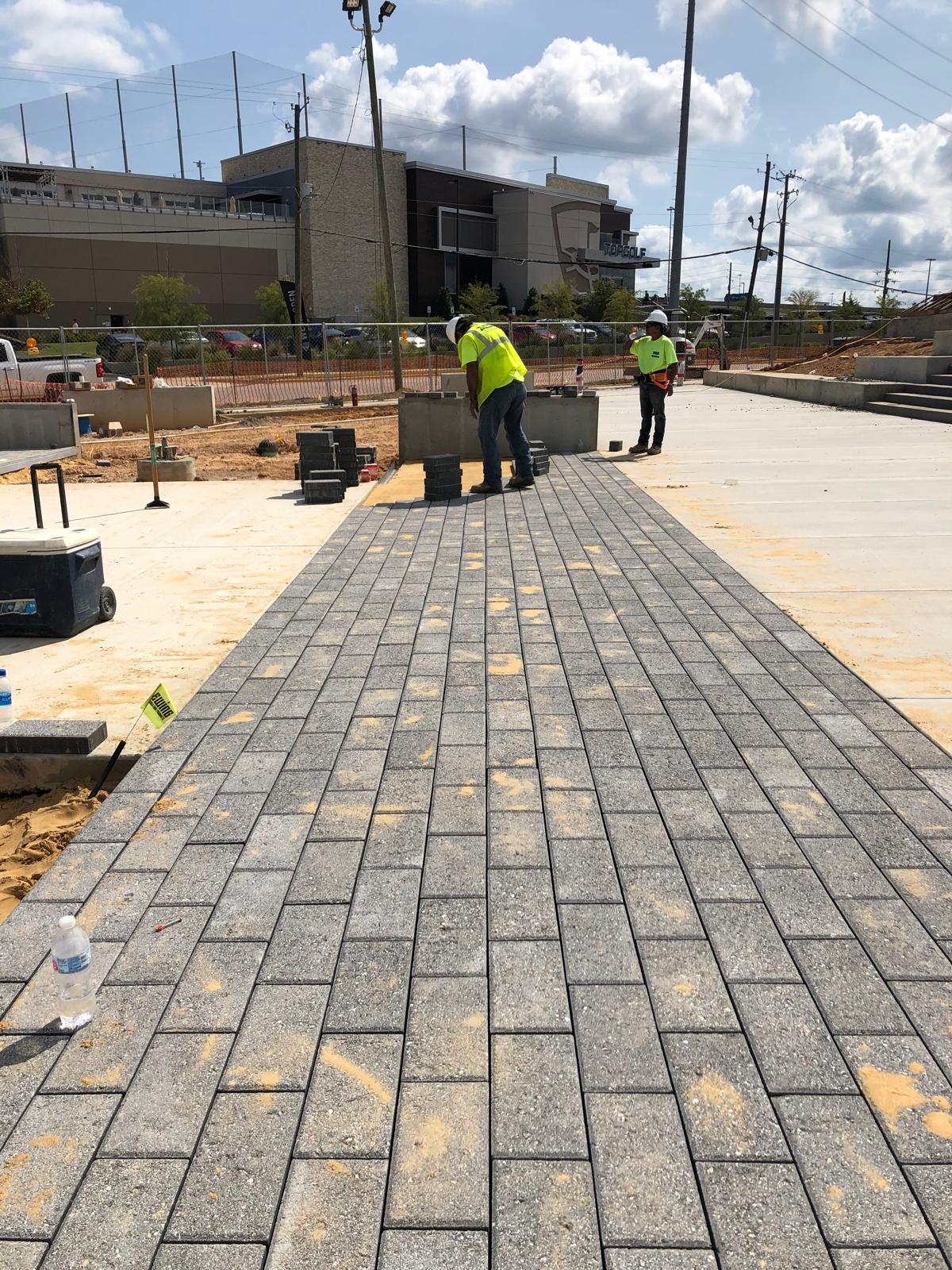
Understanding Pavement Distress: Common Types and Causes
Understanding Pavement Distress: Common Types and Causes
Pavement, whether asphalt or concrete, is constantly subjected to various stresses that can lead to deterioration. Understanding the different types of pavement distress and their causes is essential for effective maintenance and repair. At Paving Stone of Alabama, we recognize the importance of understanding all pavement types and their common problems. This blog post will explore the various types of pavement distress, such as cracking, potholes, and rutting, and their underlying causes.
Recognizing Pavement Distress: Identifying Signs of Damage

Common Types of Pavement Distress
Cracking:
Alligator Cracking (Fatigue Cracking): Interconnected cracks forming a pattern resembling an alligator's skin.
Longitudinal Cracking: Cracks running parallel to the pavement's centerline.
Transverse Cracking: Cracks running perpendicular to the pavement's centerline.
Block Cracking: Interconnected cracks forming rectangular blocks.
Reflective Cracking: Cracks that appear on the surface due to cracks in underlying layers.
Potholes: Bowl-shaped depressions in the pavement surface.
Rutting: Longitudinal depressions in the wheel paths.
Raveling: The wearing away of the pavement surface, leading to the loss of aggregate.
Shoving: Transverse displacement of the pavement surface.
Bleeding: Excess asphalt binder on the pavement surface, creating a shiny or sticky appearance.
Faulting: Vertical displacement of concrete slabs at joints.
Spalling: The breaking or chipping of concrete edges at joints or cracks.
Underlying Causes of Pavement Distress: Understanding the Root of the Problem
Factors Contributing to Pavement Deterioration

Traffic Loads:
Heavy traffic loads, especially from trucks, can cause fatigue cracking, rutting, and shoving.
Repeated traffic loads contribute to the weakening of pavement layers.
Climate and Weather:
Temperature Fluctuations: Expansion and contraction of pavement materials due to temperature changes can lead to cracking.
Freeze-Thaw Cycles: Water that seeps into cracks can freeze and expand, causing further cracking and potholes.
Moisture: Water infiltration weakens the pavement base and subgrade, leading to various forms of distress.
UV Radiation: Exposure to sunlight can degrade asphalt binders, causing raveling and surface deterioration.
Soil Conditions:
Weak Subgrade: Unstable or weak subgrade soils can lead to pavement settlement and cracking.
Poor Drainage: Inadequate drainage can lead to water infiltration and weakening of the pavement structure.
Expansive Soils: Soils that expand and contract with moisture changes can cause pavement cracking and heaving.
Construction Defects:
Poor Compaction: Inadequate compaction of pavement layers can lead to rutting and raveling.
Improper Material Selection: Using materials that are not suitable for the traffic loads or climate conditions can lead to premature failure.
Inadequate Drainage Design: Poor drainage design can lead to water infiltration and damage.
Age and Wear:

Pavement materials degrade over time due to weathering and traffic abrasion.
Normal wear and tear contribute to surface deterioration and cracking.
Maintenance Neglect:
Failure to address minor issues, such as cracks and potholes, can lead to accelerated deterioration.
Lack of preventative maintenance, such as sealcoating, can shorten pavement lifespan.
The Importance of Timely Repairs: Preventing Further Damage

Addressing Distress to Extend Pavement Life
Early detection and repair of pavement distress can prevent minor issues from escalating into major problems.
Timely repairs can extend pavement lifespan and reduce the need for costly reconstruction.
Regular maintenance, such as crack sealing and pothole patching, is essential for preserving pavement integrity.
By understanding the common types of pavement distress and their underlying causes, property owners and managers can take proactive steps to maintain their paved surfaces and ensure their longevity.
Contact us today for a consultation, we will be happy to help you find the correct solution for your pavement needs. Visit our website at paversalabama.com or call us at (256) 457-3026 to schedule an appointment.

